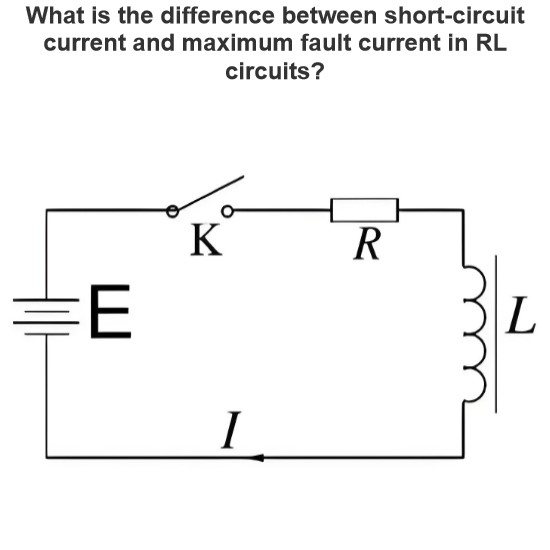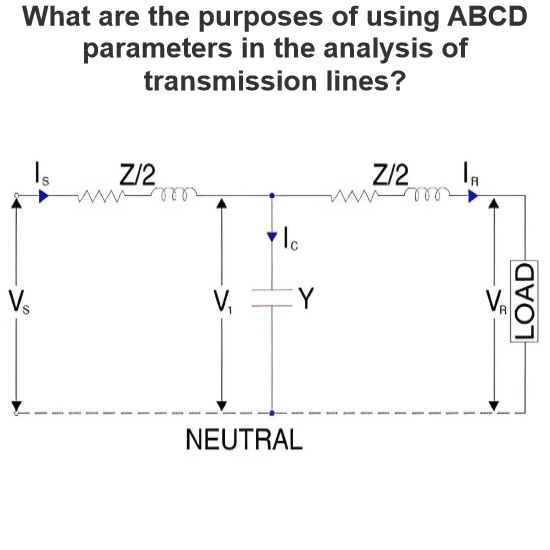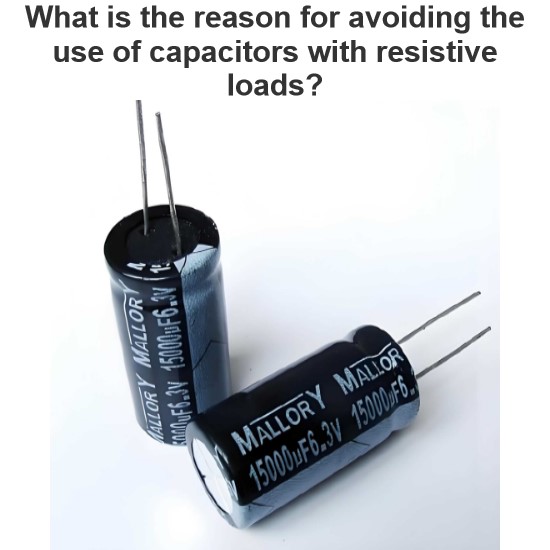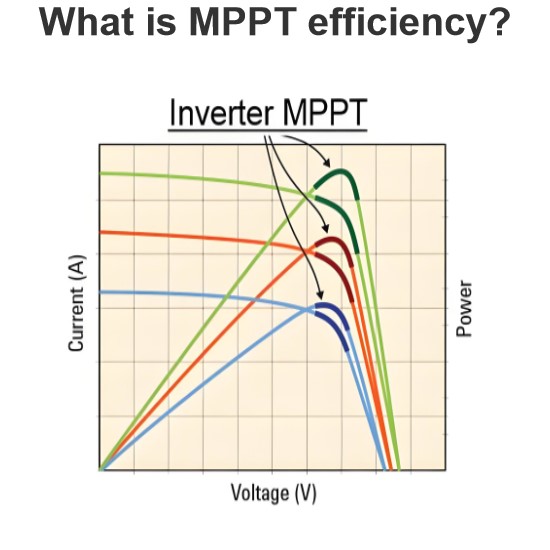What are the ways of electricity frequency regulation?
Frequency regulation (Frequency Regulation) is an essential task in power systems, aimed at maintaining the stability of grid frequency. The frequency of a power system typically needs to be kept within a specific range, such as 50 Hz or 60 Hz, to ensure the proper operation of all electrical equipment. Here are several common methods of frequency regulation:
1. Primary Frequency Control
Principle: Primary frequency control is achieved by automatically adjusting the output power of generating units through their governors to respond to short-term frequency deviations.
Application: Suitable for rapid response to short-term load changes.
Operation: Governors automatically adjust the steam or water flow to turbines based on frequency deviations, thereby changing the generator's output power.
2. Secondary Frequency Control
Principle: Secondary frequency control further adjusts the output power of generating units, building upon primary frequency control, using Automatic Generation Control (AGC) systems to restore the frequency to its set point.
Application: Suitable for medium-term frequency control.
Operation: AGC systems automatically adjust the output power of generating units based on frequency deviations and Area Control Error (ACE).
3. Tertiary Frequency Control
Principle: Tertiary frequency control optimizes the output power of generating units for economic dispatch, building upon secondary frequency control, to minimize generation costs.
Application: Suitable for long-term frequency control and economic dispatch.
Operation: Optimization algorithms determine the optimal output power for each generating unit to achieve frequency stability and cost minimization.
4. Frequency Regulation Using Energy Storage Systems (ESS)
Principle: Energy storage systems can rapidly charge or discharge to provide or absorb power, helping to maintain frequency stability.
Application: Suitable for rapid response and short-term frequency regulation.
Operation: Energy storage systems use power electronics converters (such as inverters) to quickly respond to frequency changes and provide the necessary power support.
5. Demand Side Management (DSM)
Principle: DSM involves incentivizing users to adjust their electricity consumption to help maintain grid frequency stability.
Application: Suitable for medium-term frequency control.
Operation: Price signals, incentive mechanisms, or smart grid technologies guide users to reduce consumption during peak hours and increase consumption during off-peak hours.
6. Frequency Regulation Using Renewable Energy Sources (RES)
Principle: Utilize the fast response capabilities of renewable energy sources (such as wind and solar) to provide frequency regulation services through power electronics converters (such as inverters).
Application: Suitable for rapid response and short-term frequency regulation.
Operation: Inverters quickly adjust the output power of renewable energy sources to respond to frequency changes.
7. Virtual Synchronous Generator (VSG)
Principle: Simulate the dynamic characteristics of synchronous generators to enable distributed power sources (such as inverters) to provide frequency regulation capabilities.
Application: Suitable for frequency regulation in distributed power sources and microgrids.
Operation: Control algorithms make inverters mimic the behavior of synchronous generators, providing inertia and frequency regulation support.
8. Black Start
Principle: Restore grid operation after a complete blackout using pre-designated generating units to ensure frequency stability.
Application: Suitable for grid recovery and emergency situations.
Operation: Pre-designate certain generating units as black start sources, which start first during grid recovery, gradually restoring other generating units and loads.
Summary
Frequency regulation is a critical means to ensure the stability of grid frequency and can be achieved through various methods. Primary and secondary frequency control are basic methods suitable for different timescales of frequency control. Energy storage systems, demand side management, and renewable energy frequency regulation provide flexible means for rapid response and short-term frequency regulation. Virtual synchronous generators and black start play important roles in specific scenarios.
The Electricity Encyclopedia is dedicated to accelerating the dissemination and application of electricity knowledge and adding impetus to the development and innovation of the electricity industry.




